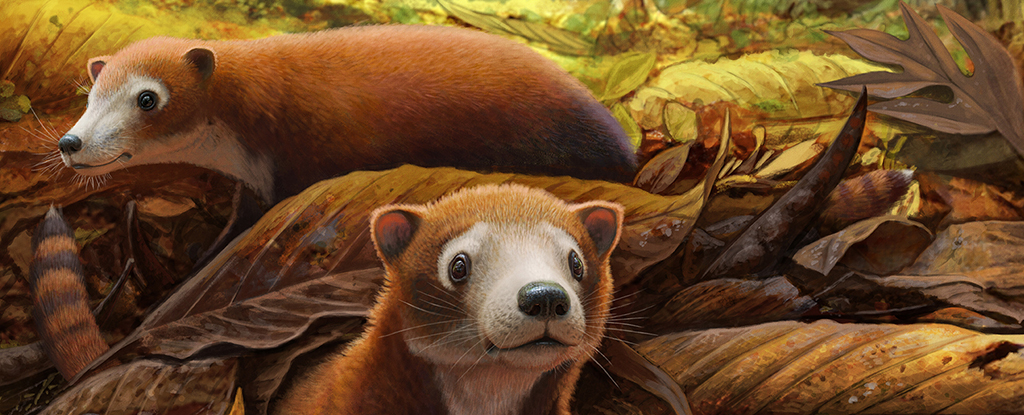A newly discovered species, Militocodon lydae, which is thought to be the size of a mouse and weigh up to 455 grams, may be the ancestor of all modern hoofed animals, known as ungulates.
This small mammal, which lived around 65 million years ago, shortly after the extinction of the dinosaurs, was identified from part of a skull and jaw recovered from the Corral Bluffs fossil site in Colorado.
The discovery is reported in a new study published in the Journal of Mammalian Evolution. The researchers believe that M. lydae fills crucial gaps in our understanding of the Periptychidae family of primitive mammals, which became prominent after the extinction of the dinosaurs, points out Science Alert.


The team used sophisticated scanning techniques, 3D reconstructions and tooth comparisons to accurately place M. lydae on the evolutionary tree. The teeth, used for cutting and crushing rather than grinding, suggest that this small creature could be an ancestor of today's cows, pigs and deer.
Despite the importance of this discovery, researchers have only found a few fossils of M. lydae in the last eight years. More discoveries and studies are needed to confirm that this animal is indeed what it is supposed to be. The researchers acknowledge that ongoing discoveries and studies of archaic ungulates from the early Paleocene will probably reveal more specimens that challenge existing taxonomic classifications.
Tracing the evolution of animals immediately after the disappearance of the dinosaurs has been a challenge due to the scarcity of fossils from this period. This period marked rapid and widespread diversification in the animal kingdom, particularly in mammals. After the asteroid impact and the extinction of the dinosaurs, mammals such as M. lydae took the opportunity to thrive.
The discovery and description of a fossil mammal skull represents a significant step in documenting the first diversification of mammals after the Earth's last mass extinction.






